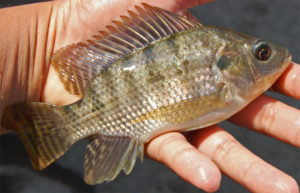
Productive performance of Nile tilapia juveniles in water reused from biofloc systems
Trial evaluates the productive performance of Nile tilapia juveniles reared at high density using water reused from prior biofloc technology cultures.
Tokyo University researchers have learned to spawn fish from germline stem cells in vitro, a method that can be deployed to help endangered species.

Trial evaluates the productive performance of Nile tilapia juveniles reared at high density using water reused from prior biofloc technology cultures.
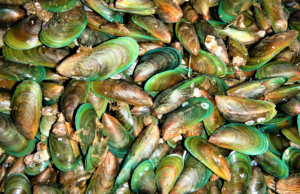
Study compares green mussel culture using longlines and the traditional bamboo stake method with different mussel densities in a rural area of Indonesia.
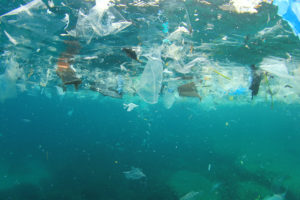
A Trends in Microbiology paper posits that ocean microplastics could be a vector for pathogens, spreading antimicrobial-resistant genes.
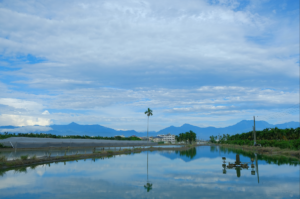
Prof. Boyd discusses how weather and climate events affect aquaculture and why producers should operate their facilities to protect against such events.

During the virtual event, researchers discussed the importance of aquatic foods, which billions worldwide rely on for protein and micronutrients.

Top-to-bottom value-chain collaboration is crucial to maintaining a sustainable seafood industry, presenters on Day 2 of GAA’s GOAL conference agreed.
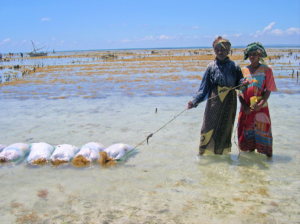
This study examined physiological and biochemical responses of the red alga Kappaphycus alvarezii to elevated water temperature.

Recirculating aquaculture systems in theory solve many environmental impact issues, yet they're not immune to NIMBY (not in my backyard).

Research finds that nutrition-sensitive aquaculture can benefit public health through diverse, nutrient-rich seafood, and enabling equitable access to it.
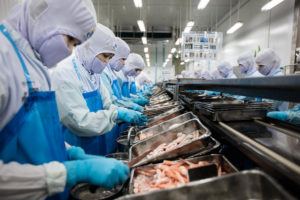
When Seafood Watch awarded Thai shrimp a yellow or “good alternative” rating, it recognized a decade of improvements. Some feel it didn’t go far enough.
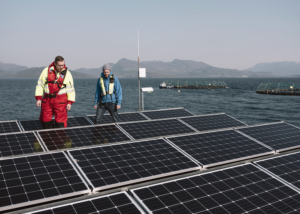
Fish farms, especially offshore operations, could certainly benefit – and intensify production – with renewable energy, but there are hurdles to surmount.
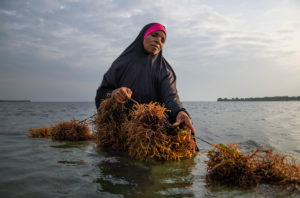
For many Zanzibari women, seaweed farming provides opportunity, but hardships are common. A project from The Nature Conservancy lends hope.
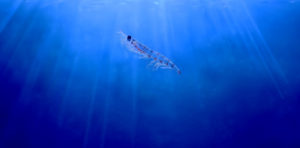
Krill has been shown to augment aquafeeds but utilizing and protecting the resource demands specialized equipment and a patient, collaborative approach.
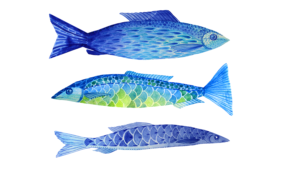
There is urgency to conversations about the role of blue food in mitigating climate change, increasing momentum toward some specific goals.
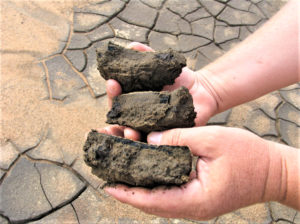
In his latest article, Professor Boyd discusses various aspects of the origin and decomposition of organic matter in various aquaculture systems.